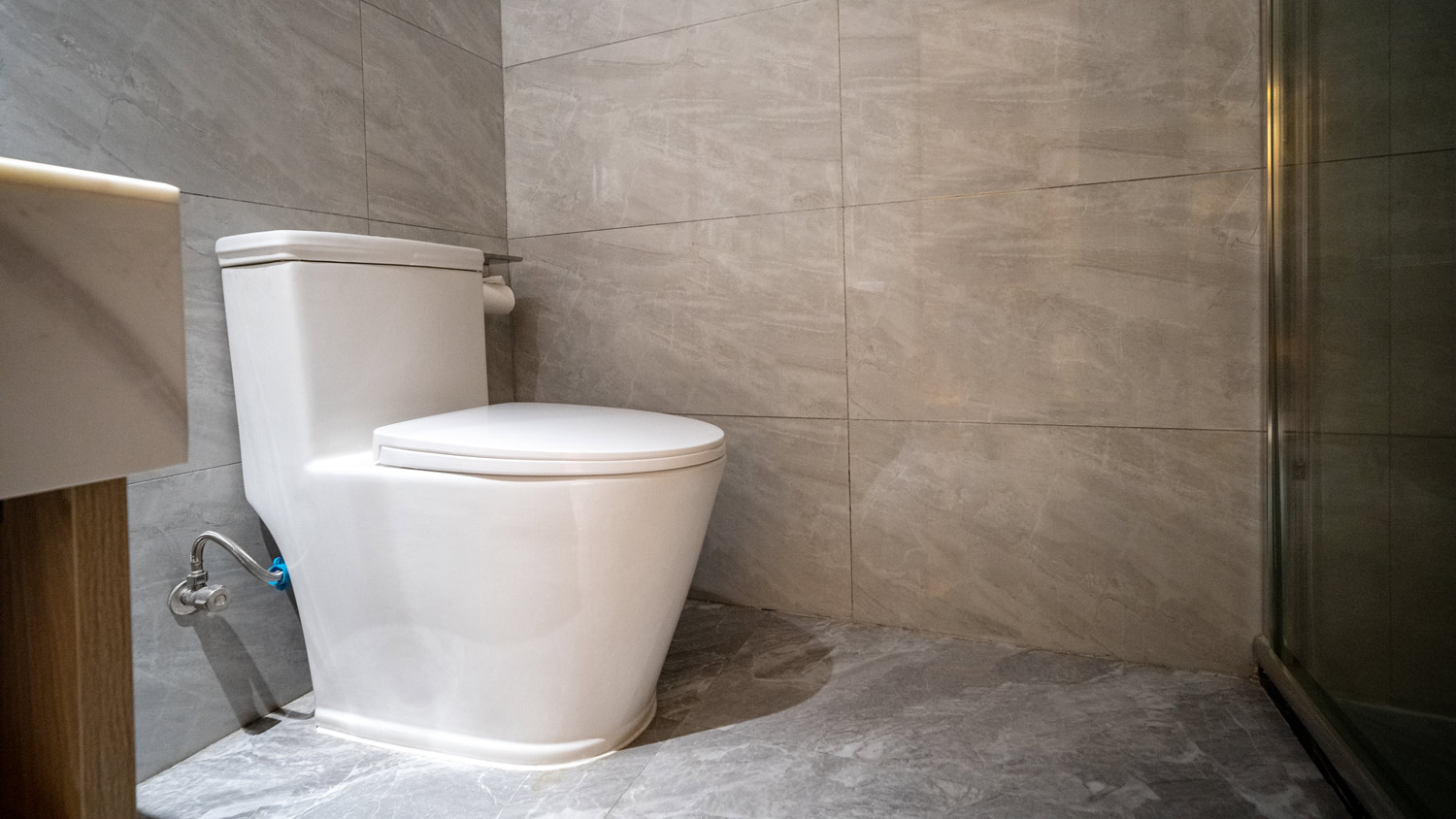
A small septic tank system is ideal for spaces with minimal needs, such as a one-to-two-bedroom apartment or guest house. A small septic tank contains 750 or 1,000 gallons. We’ll cover everything that factors into your small septic system cost here.
Exploring safe clog solutions


Septic systems use beneficial bacteria to process waste.
Liquid drain cleaners can kill septic tank bacteria.
Lye is the main chemical in drain cleaners, and it can be too corrosive for septic tanks.
Natural methods can safely unclog drains connected to septic systems.
Pro cleaners can unclog pipes without harming the septic system.
Even if you're super careful about keeping flyaway hairs and bits of food out of your drains, clogs are inevitable. Your pipes will get clogged at some point. But if your home has a septic tank, solving the problem with a bottle of drain cleaner might not be the way to go. We’ll walk you through how drain cleaners can affect your septic system and whether they’re safe to use.

A clogged drain might inconvenience someone whose home is connected to a public sewer, but it’s unlikely to completely ruin their day. Chemical drain cleaners can quickly resolve the issue. But for one in five homeowners relying on a septic system, a chemical solution that takes a few minutes can end up causing months of harm, according to the U.S. Environmental Protection Agency.
Homeowners opt for septic systems if it’s impractical or too expensive to connect to the nearest public sewer. Many find that septic system costs are less expensive in the long run than traditional sewer hookups.
When you have a septic system, bacteria turn the concrete structure of the septic tank into a bioactive ecosystem. Millions of bacteria live in the septic tank, and they need a special balance of bacteria to properly treat your wastewater.
The solid waste that amasses in your septic tank is like an all-night buffet for the bacteria. However, the introduction of chemicals like drain cleaner can disrupt the bacteria's balance and cause too much waste to accumulate at the bottom of the tank.
Bacteria-fighting capabilities sound like a good quality in cleaning products. But when it comes to septic tanks, the bacteria is what makes them functional. Antibacterial cleaners, acids, liquid drain cleaners, and solvents can cause expensive and environmentally detrimental problems in septic systems.
Liquid drain cleaners are usually safe as far as your pipes are concerned, depending on the age, material, and location of the pipes. Using them to clean drains if your home is connected to a public sewer is also unlikely to cause problems. But if you have a septic system, liquid drain cleaners can kill that beneficial bacteria and potentially damage the septic tank.
What’s actually inside that bottle of drain cleaner? The chief ingredient in most leading drain cleaner brands, like Drano, is sodium hydroxide, better known as lye. Lye is an extremely corrosive chemical that can easily dissolve organic matter, such as grease and hair, according to the Agency for Toxic Substances and Disease Registry.
Lye is water-soluble, but when it makes contact with water, it generates heat. This heat can cause your pipes to expand, which dislodges clog remnants after the chemicals dissolve the goopy mess that makes the sink drain so slowly.
Sodium hypochlorite, otherwise known as bleach, is usually the alternative to lye-based drain cleaner since it has many uses as a disinfectant. Liquid Plumber is touted as the septic-safe alternative to Drano. It contains some lye, but its chief ingredient is bleach.
Like lye, bleach is extremely corrosive. It can even corrode metal, but it can be diluted with water for routine home cleaning. A blend of bleach and lye works similarly to lye-based cleaners by breaking up the organic matter in the clog and causing the pipes to expand after the chemical reaction fires it up.
Bleach may be less harsh on your septic tank than lye, but it’s still a powerful antimicrobial agent that can kill the helpful bacteria that your septic system relies on, so you may want to skip the bleach, too.
There are a few safe DIY methods (that don’t involve drain cleaner) that you can use to unclog pipes if you have a septic system. Try a few of these out, and call in the pros if your clog is particularly troublesome and doesn’t respond to these methods.
While you should never pour boiling water down a garbage disposal, it’s safe to pour it down the drain if you use a septic tank. Boiling water doesn't contain any chemicals but can safely recreate that thermogenic reaction that liquid drain cleaners have, which loosens up the pipes.
If the clog was caused by a meltable substance like grease or soap residue, the boiling water can easily dissolve it. It'll go right into the septic tank where the bacteria happily dine at their new greasy spoon.
Remember those old TV shows where children's science fair projects were always volcanoes? They’re still a pop culture phenomenon because they use inexpensive and accessible household staples: vinegar and baking soda.
You can recreate that nostalgic fun by putting 2 to 3 teaspoons of baking soda in the drain, then adding white vinegar. Baking soda is a base, so it creates an immediate chemical reaction with the vinegar: big bubbles of carbon dioxide. This gas pushes on the clog like it's trying to jump on the last express train at rush hour.
Vinegar is a fairly corrosive acid with antibacterial properties, so you need to be mindful not to pour too much down the drain. A little is fine to get a reaction with the baking soda, but too much can disrupt the pH and bacteria balance.
If the clog doesn't go away after trying these safe methods, it's time to call the professionals. Your local septic tank cleaner can dislodge the clog and check whether doing so affects your septic tank's balance. They should also inspect your septic tank once a year, regardless, and pump and drain it every 3 to 5 years.
From average costs to expert advice, get all the answers you need to get your job done.

A small septic tank system is ideal for spaces with minimal needs, such as a one-to-two-bedroom apartment or guest house. A small septic tank contains 750 or 1,000 gallons. We’ll cover everything that factors into your small septic system cost here.

The average cost to connect to a public sewer line in Columbus, OH, depends on the linear footage, piping material, local regulations, and more.

Need to know what sewer line replacement costs in Chicago, IL? This guide will help you prepare to budget for sewer line replacement done by local contractors.

Septic distribution box replacement costs aren’t low, but it’s an item that causes obvious problems when not functioning correctly. Learn what factors impact your budget.

Got a home construction project coming up? Here’s how to find your sewer line from house to street so you can avoid catastrophe.

Got a septic tank? Then you've got a leach field. Knowing where it is helps you maintain your system. Here's how to find a leach field.